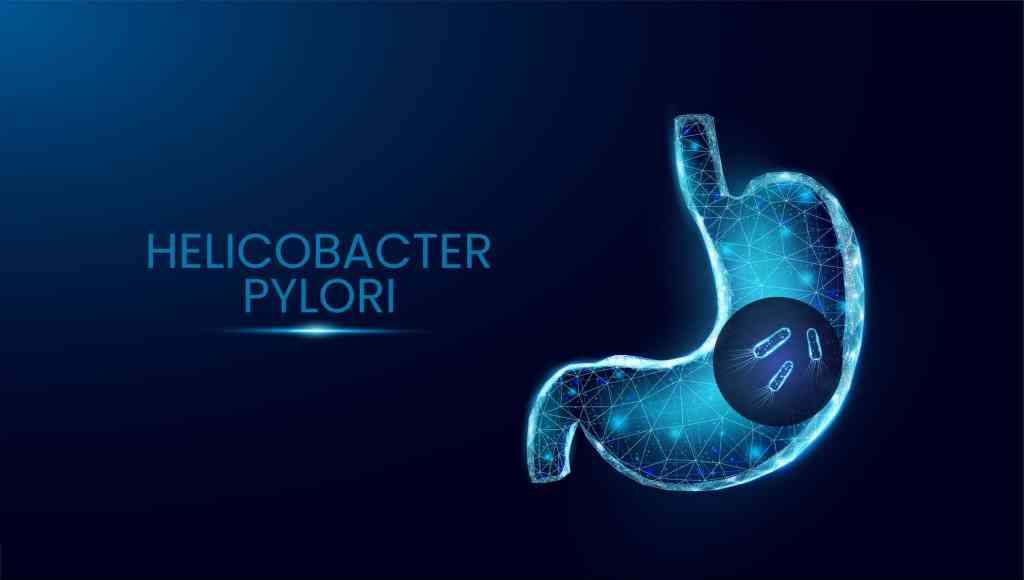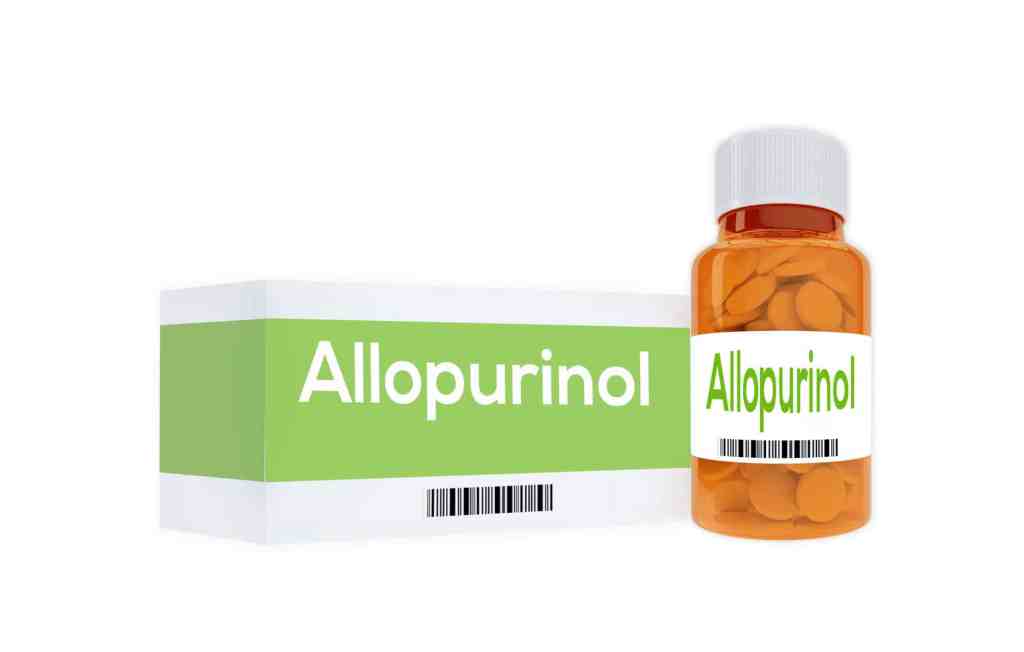Q&As and Quotes – The Collection
Those following Article 999’s Facebook and Twitter pages from December 2022 onwards may have noticed daily posts providing short questions and simple answers, or interesting quotes, on every topic from A-E. This is what Article 999 was originally provided for – short, simple, referenced answers to common questions, and videos to learn and revise practical skills. I hope that by providing these, it’s a little easier to revise common topics, tick off some CPD (remember, you can use my templates for that), and come up with 1-sentence answers when colleagues or patients (or exams) ask you questions. These Q&As are now being archived here, and will steadily begin to be expanded upon. As always, let me know what you think in the comments below.

Contents
Airway and Respiratory
Name an anatomical contribution for epistaxis.
These ‘often occur due to the confluence of five arterial vessels on the anteroinferior septum’
Reference: Van De Graaff and Rhees, 2011. 256
Beginning with a primary tumour, describe the progression of lung cancer
- Primary tumour compresses and invades the surrounding lung tissue
- Invasion of chest wall, pericardial cavity, arteries, mediastinum
- Metastases into local and distant lymph nodes including the adrenals
- Metastases into distant organs
Reference: Bateman and Carr, 2009: 63.
How does capnography work?
‘Capnography uses infrared light to measure C02 in exhaled air’
Valente, 2010: 1

Q: Why is adrenaline listed as a treatment for pre-hospital clinicians for asthma, but it’s not part of the RC algorithm?
A: Difficult to answer. Adrenaline is in NO professional guidelines for asthma other than JRCALC. There is limited evidence of benefit compared to selective beta 2 agonists, such as salbutamol, yet may have a worse side effect profile. Anecdotal evidence reports good results in patients who are in extremities or peri arrest
Baggott et al, 2021. https://buff.ly/3X37Nhj
Answered by Adam Philpot

Cardiac
What is the action potential?
The way an electrical impulse ’causes cardiomyocyte cells to depolarise’ and subsequently leads to a ‘chain reaction in adjacent cardiac cells’ so that this impulse moves ‘through the heart’
Reference: Till, 2021:5
Photo: Adobe Stock
How do I interpret the acid-base balance?
This one is a published post – click here to view it.
How do I identify left bundle branch block on an ECG?
- All bundle branch blocks will have a widened QRS of >=120ms/3 small squares.
- Left bundle, specifically, will also have a negative QRS in V1 and V2 and a positive QRS in V6.
- The ECG may also have any of the following features:
- an RSR (‘notching’) pattern on the left side of the heart (v5/v6)
- a W shape in V1 and an M shape in V6
- However, the ECG may not have all of these features, and other features might exist alongside the left bundle branch block that are indicative of the severity of disease – more on this soon.
- References: Tan et al, 2020; Buttner and Burns, 2022; Dubin, 2000.
- Answered by AP and LS
Q: Which 3 veins deliver blood to the heart?
- Superior vena cava
– Inferior vena cava
– Pulmonary vein
Reference: Till, 2021.
GU/GI
List categories of GI pathology
- ‘Problems with the muscle’
- Obstruction
- ‘Deficient digestion/absorption’ related to problems with enzymes or ‘an absorptive surface of the GI tract (e.g., inflammatory bowel disease or bacterial overgrowth)
- ‘Problems with the blood vessels/blood supply (e.g. esophageal varices, mesentric ischemia, GI bleeding)
- Abnormalities of the blood supply, which may be directly due to bleeding or result from thrombosis/atherosclerosis
- Inflammation including colitis/chron’s disease
- Tumours
- ‘Excess acid secretion’ due to ulcers
- Malabsorption in the small intestine
- Large intestine obstruction
- ‘Outpoutchings (diverticula) that prevent the food from going where it is supposed to go’
- ‘Inability to prevent stomach contents from re-entering the esophagus’ – GERD.
Reference: Berkowitz, 2007: 71
Topic: GU/GI
Q: What is peptic ulceration?
A: An acute or chronic ‘breach in the mucosa (i.e. full thickness loss) of the gastrointestinal tract caused by the action of acidic gastric juice.’
Reference: Bateman and Carr, 2009.
Photo: Adobe Stock

Q: What are the causes of gastritis?
A:
- NSAIDS, which ’cause reduced prostaglandin synthesis in the gastric mucosa, leading to exfoliation of surface epithelial cells and inhibition of mucus secretion, thus reducing mucosal defences against acid attack’
- Alcohol, which irritates the stomach lining,
- Stress, which leads to inflammation
- Bile reflux
Bateman & Carr, 2009: 104
Q. What does H.pylori do in the body?
A.
– ‘it lives in the surface mucus of gastric mucosa […] where it secretes a number of toxins that damage surface epithelial cells and break down the mucus barrier’
– It ‘produces a [self-limiting] transient acute gastritis’ and some people cannot ‘clear the organism’, leading to ‘chronic inflammation of the mucosa’
– It can lead to peptic ulceration; it can also produce no symptoms
Ref: Batman & Carr, 2009: 104

Describe the formation of cholesterol stones.
1) The liver secretes excess cholesterol
2) The bile is supersaturated
3) There is now less motility of the gallbladder or/and nucleation (new material forms). Note: reduced motility can also be caused by spinal cord injury or total parental nutrition.
4) Reduced motility leads blocks the release of bile from the liver, which in turn leads to nucleation
5) This leads to stone formation
Bateman & Carr, 2009: 108.
Neuro & Toxins
‘Among the various clinical assessments, the absence of normal sitting balance appears to be a particularly strong predictor of early death; 51% of those with abnormal sitting balance died between 1 and 3 months after the stroke, compared with 11% of patients who were able to maintain an upright sitting position.’
From: R. Anderson, 1992. ‘The Aftermath of Stroke: The experience of patients and their families’, Cambridge University Press: Northamptonshire. p88
What food interactions are there with levothyroxine?
- All drinks containing caffeine – leave at least 30 minutes from taking the tablet before drinking them
- Calcium rich foods – the NHS advises waiting 4 hours prior to consumption of these foods
- Soya
- Kelp
Reference: https://buff.ly/3GdF2Jj
What is allopurinol?
‘a medicine used to lower levels of uric acid’ in the blood and is used to treat gout and kidney stones or, in some cases, for cancer treatment that leads to uric acid accumulation
MSK
‘it is not uncommon to “react” to “new” clinical symptoms the same way one reacts to acute injuries. […] For example, an athlete with a stress fracture (a fatigue fracture) in the foot will often state that the symptoms originated during a specific run, perhaps even from a specific step. The injury may accordingly be misclassified as an acute injury. However, the actual cause of the stress fracture is that the specific run was a precipitating event on top of the underlying spectrum of tissue damage on the skeleton from overuse over time. Therefore, these types of injuries should be classified as over-use injuries.’
From: R. Bahr. Ed. 2012. ‘The IOC Manual of Sports Injuries: An Illustrated Guide to the Management of Injuries in Physical Activity’, The International Olympic Committee: Oxford. p2
What are the different grades applied to soft tissue injuries?
1-3/minor, moderate, severe.
- Grade 1 ‘will typically damage only a small number of fibres’ and causes ‘pain when the part is used or stressed’; may also lead to ‘swelling and bruising’ but not disability or deformity
- 2 = ’caused by a more severe mechanism and there will be a larger number of damaged fibres’; there may be ‘a painful loss of function in the muscle’; patients should be referred to physio
- 3 = ‘complete division of an injured tissue, most commonly ligament, tendon or muscle belly’; ‘complete loss of function in the injured part’; stressing the ‘torn tissue’ does not necessarily cause pain; any deformity or laxity may be present
Purcell, 2003: 41

Q: Define overuse injuries
A: Those that ‘occur gradually’ and ‘exist along a spectrum where the inciting events are below the threshold for clinical symptomatology, but if not rectified, they eventually produce sufficient tissue damage to result in clinical symptoms.’
Ref: Bahr, 2012: 1
Q. What are the contraindications to the repair of a laceration?
A: These include:
- ‘Bite wounds of any type
- Overt infections of the nearby skin
- Lacerations greater than 24 hours old’
Reference: Newman and Mahdy, 2022

Paediatrics
At what age should a child start ‘smiling with meaning’?
5-8 weeks
Reference: Gill and O’Brien, 2007.
What is the definition of a neonate?
‘a newborn infant up to 28 days after their estimated delivery due date’
Reference: Brugha and Marlais, 2013.
Q: How does the size of an infant’s head relate to airway obstruction?
A: Their large heads ‘flex on the neck when the infant is placed in a supine position’, causing ‘potential obstruction of the airway when the conscious level is reduced.’
Ref: Resuscitation Council, 2021. EPALS. 5th Ed. London. p12
Which is a better indicator of tissue perfusion’ in unwell children and infants – systolic blood pressure or mean arterial blood pressure?
Mean arterial blood pressure – this is an ‘indicator of blood flow’ and better because it takes into account ‘the fact that two thirds of the cardiac cycle is spent in diastole’. Note: not always reliable as patients can have an acceptable mean arterial pressure but poor cardiac output, leading to poor tissue perfusion. The expected mean arterial pressure should be compared to the actual one, found through this formula: ((2x diastolic) + systolic) / 3 = 3 MAP (mmHg)
Resuscitation Council, 2021. European Paediatric Advanced Life Support. 5th ed. London. (p14).

CPD
Great things you can do with the CPD templates – visual data demonstrating how many standards you are meeting. This is a free add-on, so feel free to get in touch to ask for help to set it up in your portfolio.

How do I start logging my CPD using Article 999’s templates?
- Set up a free Airtable account here. Note: Article 999 is not affiliated with Airtable.
- Head to Article 999’s CPD Templates page here. Specifically, click on a) if you are a Paramedic post-NQP, or b) if you are currently an NQP. Don’t worry, both templates are very similar, and if you are in the (b) category, you can continue using the same portfolio when you complete your NQP period.
- Click on the ‘use template’ button and add the template to your own account.
- Start editing and logging. Click on the ‘Add CPD here’ form, then ‘open form’, save that link everywhere – your phone, your desktop, your notepad, and log away.
- Need help? No worries. Email me at article999uk[at]gmail[dot]com
Q: How do I know if I’m meeting the NQP learning outcomes?
A: All learning outcomes from the NQP portfolio (EEAST version*) are listed in a table. Each time you log your CPD, you can choose to search for a relevant learning outcome, or scroll down the list, then ‘tag’ one to your CPD entry. You can also check how many learning outcomes you have completed by clicking on the specific table and scrolling down (pictured).
*Not endorsed by EEAST but I am a Paramedic working for them.


